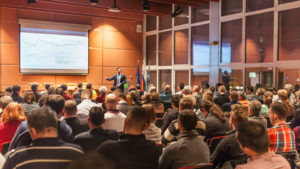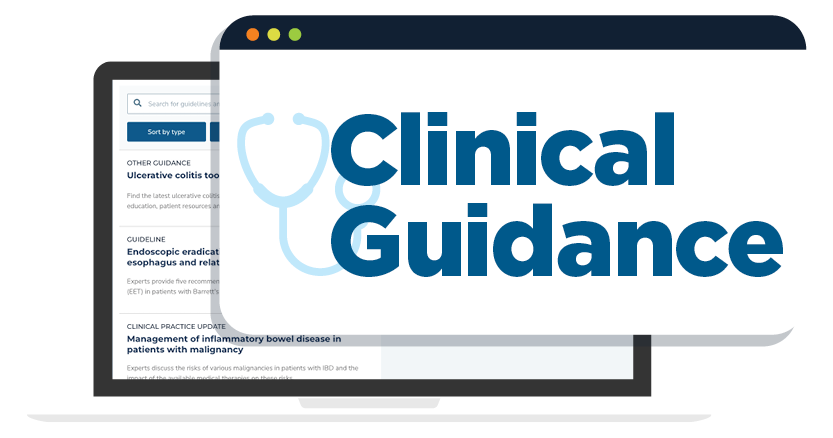Endoscopic submucosal dissection (ESD) is a technique that enables en bloc removal of dysplastic lesions and superficial, early cancers from the GI tract, which has been performed in parts of the world for more than 20 years and in the United States for more than a decade. With advances in education, endoscopic tools, and hands-on learning opportunities, ESD is now a procedure performed routinely in many US medical centers. Furthermore, the practice of ESD has been incorporated into Western guidelines, including by the European Society of Gastrointestinal Endoscopy and the National Comprehensive Cancer Network (NCCN), which are relied on for direct clinical care.
Long-term US data about ESD outcomes for early GI neoplasia are only beginning to emerge. As such, the current clinical practice regarding endoscopic surveillance intervals and the need for other testing (such as radiographic imaging) after ESD considered curative by histopathology is extrapolated from data derived from Asia and other countries, from concepts learned from polypectomy and piecemeal endoscopic mucosal resection (EMR), and from guideline recommendations after local surgical resection.












